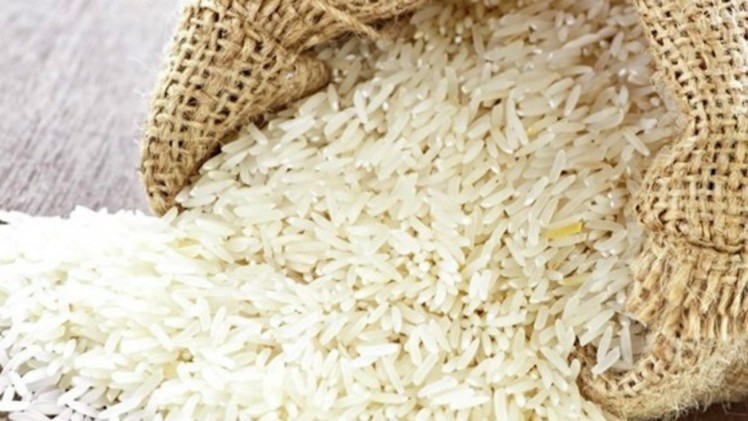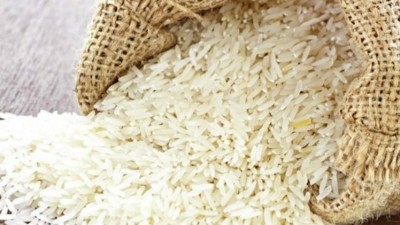Beyond rice: Indian government urged to boost cereal production in security drive

The study was conducted by scientists from various institutes across India and the United States, including the Indian School of Business, Columbia University, the Public Health Foundation of India and several more.
The researchers focused on four cereals commonly planted during the country’s monsoon season: rice, and the coarse cereals finger millet, pearl millet, and sorghum. Together, these four crops made up some 85% of the total monsoon cereal production between 2007 and 2011.
District-level data for these four crops focusing on yield, protein and iron content, energy used, greenhouse gas (GHG) emissions), water use, and yield variations based on environmental variations were analysed.
This data was used to perform optimization scenarios at a national level to assess the tradeoffs and benefits based on six factors: 1) maximising protein supply, 2) maximising iron supply, 3) minimising energy demand, 4) minimising GHG emissions, 5) minimising water demand, and 6) maximising climate resilience.
According to the study, India’s rice production currently takes up 44% of its overall cereal production, far ahead of its closest competitor wheat (which is only planted during the winter season) at 30%. It also occupies 67% of monsoon cereal area.
“[The] growing dominance of rice in monsoon croplands is due to the underlying policy regime that has made rice cultivation more profitable, expanded use of irrigation and other agricultural inputs, and focused investments in research and development,” said the study authors.
“[As a result, there] have been large declines in areas used for coarse cereals such as finger millet, pearl millet, and sorghum as well as dietary shifts away from their consumption – [yet] these cereals have higher nutritional quality, greater resource use efficiencies per unit of production, and lower sensitivity to climate variability compared to rice.”
Rice was found to be a significant contributor in areas such as providing calories (74%), protein (70%) and iron (31%). Disturbingly though, it was also found to use the most energy (80%), produce the most GHGs (90%), and use the most water (81%).
It was also the least resilient amongst the crops analysed at 89% or 11.47 trillion calories lost in an extremely dry year, over eight times less resilient than first runner-up sorghum, which would see just 1.39 trillion calories lost under the same circumstances.
“These statistics point to the disproportionately large contribution of rice production to resource use, greenhouse gases, and climate sensitivity relative to its share of [monsoon] cereal calorie production,” said the authors.
“[This] highlights the potential for selective increases in the share of cereal production from coarse cereals to achieve cobenefits for the supply of key nutrients, climate resilience, and the environment.”
Increasing India’s production of coarse cereals is expected to significantly increase iron supply by up to 49% or 737 tons on average, an important nutrient to boost up in a country where about half of the female population is known to be anaemic.
In addition, this would also on average increase protein supply by up to 5%, climate resilience by up to 13%, and reduce GHG emissions 13%, water usage by up to 21% and energy use by up to 12% while maintaining calorie production and using the same amount of land.
India and coarse cereal planting
Indian Minister of Agriculture Narendra Singh Tomar declared 2018 to be the “National Year of Millets” in March that year, in an attempt to push for more farmers to turn to coarse cereals as an alternative crop.
“Millets are known for their nutrients. They are tolerant to drought, are photo insensitive and are resistant to climate change. The cultivation of millets requires less water than the cultivation of rice and wheat,” Tomar said in his announcement.
Millets were also distributed to the public under the country’s Public Distribution System (PDS), but given the continued domination of rice in India, it appears that this may not be enough.
“Despite the multiple cobenefits that we observe, economic factors play a key role in determining a farmer’s crop choice and likely explain much of the historical shift toward the cultivation of rice and wheat,” said the authors.
“[The] Indian government [has set] guaranteed minimum support prices (MSPs) and large procurement goals to supply national food security programs like the PDS [with these crops for a long time], and these market distortions have made the production of coarse cereals less economically attractive.”
Although recently changes have been made by the Indian government and several state governments to procure coarse cereals such as millets and sorghum at MSP, this push is still in early days – and there are more factors that need to be considered as well.
“In addition to the price offered for a crop, a farmer’s profitability is determined by input costs of production [and consumer demand for the crop],” the study added.
“[This demand and coarse cereal increase] in diets will depend on people’s ability to pay—a barrier likely eased by the planned inclusion of coarse cereal in the PDS.”
Study: Assessing the sustainability of post-Green Revolution cereals in India
Source: Proceedings of the National Academy of Sciences
Authors: Davis, K.F., et. al.





















